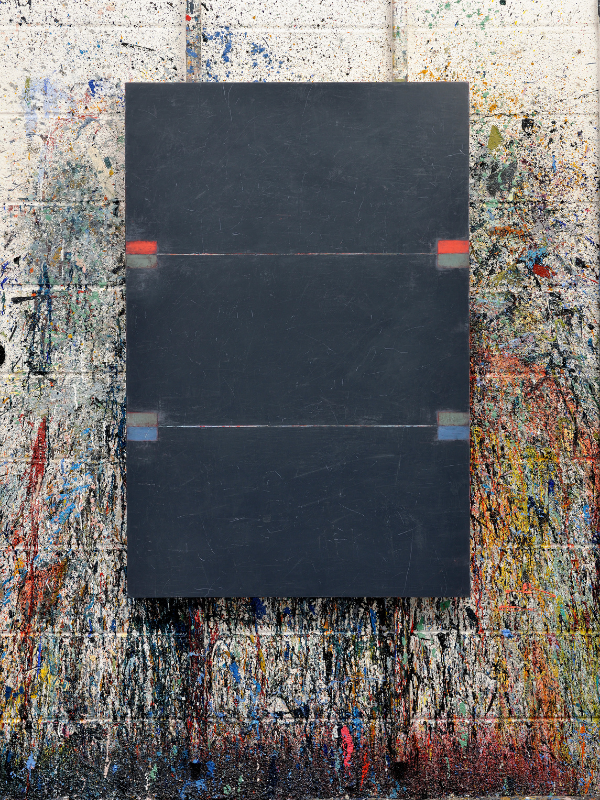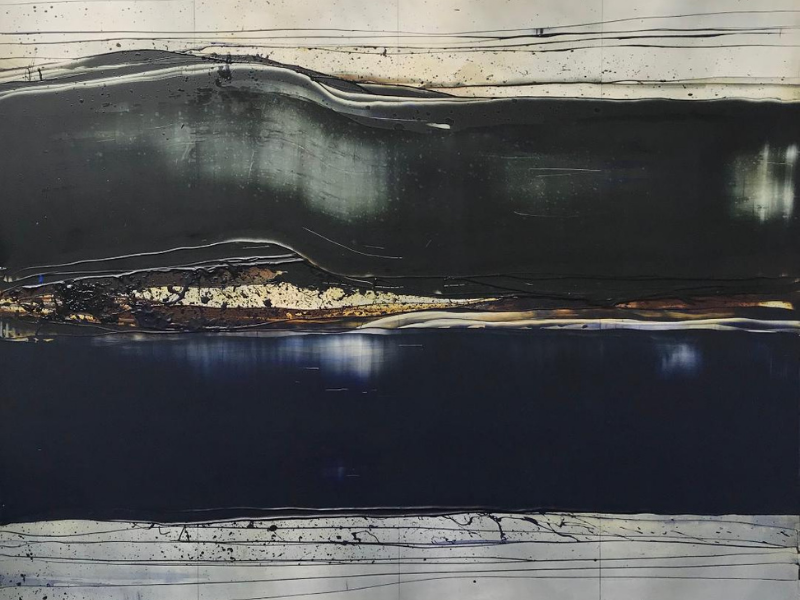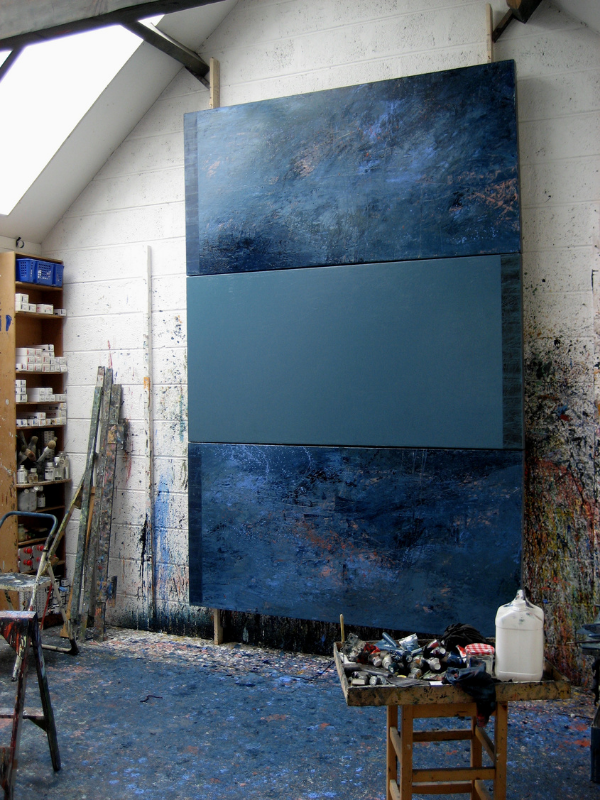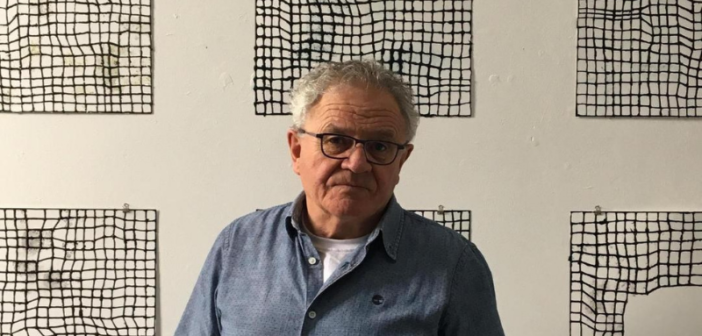John Curran discusses the work of Trim-born artist Charles Tyrrell, a successful artist in the Irish art-world, with an international presence.
Quite apart from his contribution to the art of painting in Ireland, Charles Tyrrell is culturally important because he embodies the change that came about in the late 1960’s in Ireland when the dominance of the academic tradition gave way to the presence of international modernism.

Since graduating from the College of Art in Dublin in 1968 (now the National College of Art and Design), Tyrrell has methodically explored and examined materials (paint, canvas, wood, steel) and the formal structure of the visual art elements in his paintings, usually created in series, for his own artistic purposes. His concern has always been that the formal strategies he employs are the stuff and content of his art and on foot of that resists any ‘decoding’ investigative method in his public’s gaze which might seek to link paintings to stories, emotions, places, or whatever else. Adamant always that his painting must be taken on its own visual-only terms, because this is a basic tenet of abstraction, and his is an abstract art of great purity, heft and consistency.
Tyrrell has not morphed, as some of his generation did, into Conceptualist or Post-Modernist patterns of expression, but has stayed close to his original inspiration and practice, decade on decade, constantly revivifying his painting within the intriguing parameters of an art which recognises no extraneous subject matter or narrative. His is a world of visual purity, a focus on what may be seen without recognisable images. Tyrrell paints with a clarity and directness which explores the aesthetic bounty of the visual art elements and their related organisational precepts.
 His are paintings that exist for their own visual sake alone, not to describe in colour, tones, and lines a face, a street, a rose, a mountain. All cultural activity is, or tries to be, a dialogue between artist, art object, with a viewer or audience. Because abstract art, unlike the pictures of face, street, rose and mountain, does not instantly provide a point of encounter made possible through the familiar naturalistic, photographic visual language which is still the lingua franca of our world, the dialogue may be more difficult for the artist to achieve, the connection to audience harder to make.
His are paintings that exist for their own visual sake alone, not to describe in colour, tones, and lines a face, a street, a rose, a mountain. All cultural activity is, or tries to be, a dialogue between artist, art object, with a viewer or audience. Because abstract art, unlike the pictures of face, street, rose and mountain, does not instantly provide a point of encounter made possible through the familiar naturalistic, photographic visual language which is still the lingua franca of our world, the dialogue may be more difficult for the artist to achieve, the connection to audience harder to make.

Because it is not the visual language of the everyday, abstraction is understood and appreciated by the few, rather than the many, creating great practical challenges for its creators in terms of audience, sales and viability as a professional metier. Tyrrell has been very successful in engaging and maintaining dialogue with his public, and is admired greatly by people who greatly admire abstract art. He recently told me of a Clane woman who collects his work who always visits all his exhibitions up to four times, a very flattering and encouraging thing for any artist. His long career testifies to his paintings’ desirability, and he is widely represented in collections both public and private, in Ireland and abroad.





